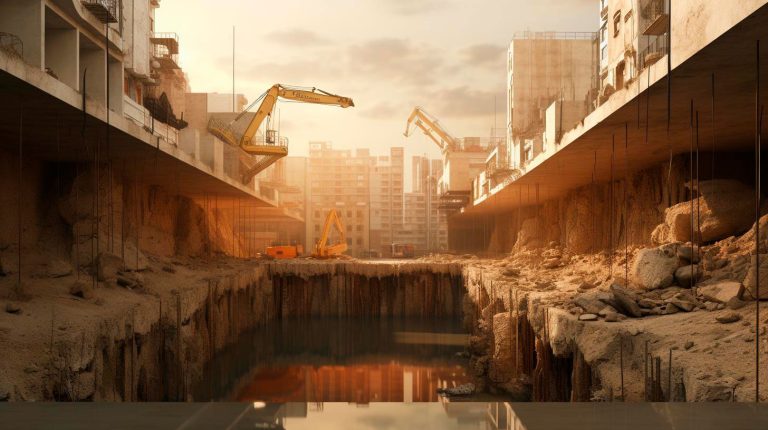In this article, we will delve into the world of photographing animals in motion, exploring techniques, equipment, and tips for capturing those breathtaking moments.
The Power of Animal Action Photography
Photographing animals in motion brings life and energy to your images. It captures their unique behaviors, expressions, and interactions with their environment. Whether it’s a soaring eagle, a running cheetah, or a leaping dolphin, freezing those moments of motion allows viewers to truly appreciate the remarkable abilities and beauty of wildlife.
Here are some key advantages and takeaways of wildlife action photography:
- Revealing natural behavior: Photographing animals in action provides a glimpse into their daily lives and behaviors, offering a greater understanding of their interactions with the environment and other species.
- Showcasing their innate skills: By capturing animals in motion, you can highlight their remarkable agility, speed, and grace, allowing viewers to marvel at their unique abilities.
- Creating emotional impact: Dynamic wildlife images evoke emotions in viewers, as they witness the raw power and beauty of creatures in their natural habitats.
- Opportunities for storytelling: Moments of animal action can tell compelling stories, revealing the challenges, struggles, and triumphs of the wildlife world.
Essential Techniques for Capturing Animal Action
Understanding Wildlife Behavior
Before venturing into action photography, it’s crucial to research and understand the behavior of the animals you aim to photograph. Knowing their habits and patterns will increase the likelihood of being present at the right time and place to capture their action-packed moments.
Fast Shutter Speeds
When it comes to freeze action, using fast shutter speeds is vital. Set your camera to a high shutter speed, typically 1/1000th of a second or faster, to effectively capture the details of a moving subject and avoid motion blur.
Continuous Autofocus
Animals in motion can be challenging to keep in focus. Utilize your camera’s continuous autofocus mode to track the subject and maintain sharpness throughout their movement. This feature is especially useful when capturing flying birds or running animals.
Burst Mode
Enable burst mode to capture a rapid sequence of images in quick succession. This feature improves the chances of capturing that perfect moment during fast-paced action, increasing the probability of obtaining a tack-sharp image.
Composition and Background
While focusing on capturing animal action, don’t forget about the overall composition of your photograph. Pay attention to backgrounds, ensuring they are clean and uncluttered to prevent distractions from the main subject. Consider the rule of thirds and incorporate leading lines to enhance the visual impact of your shots.
Equipment for Wildlife Action Photography
Investing in the right equipment plays a crucial role in successfully photographing animals in motion. Here are key items you may need in your wildlife photography arsenal:
- Telephoto Lens: A quality telephoto lens with a long focal length is essential for capturing distant wildlife action with clarity. Consider a lens in the range of 300mm to 600mm for those captivating close-ups.
- Fast Camera Body: Opt for a camera with a high frames-per-second (fps) rate to capture rapid movements. Look for a camera with good autofocus capabilities, especially when shooting fast-moving subjects.
- Tripod or Monopod: When photographing in natural environments, stability is crucial. Invest in a sturdy tripod or monopod to ensure sharp images, especially when using long telephoto lenses.
- Bean Bag or Window Mount: These accessories are invaluable when shooting from a vehicle or in situations where tripods are not practical. They provide a stable support for your camera.
Conclusion: Immortalizing Wildlife Moments
Wildlife in motion presents a captivating opportunity for photographers to create images that go beyond mere documentation. By capturing animals in action, photographers can tell compelling stories, evoke emotions, and showcase the remarkable skills and beauty of nature’s creations. Understanding animal behavior, utilizing appropriate techniques, and investing in the right equipment are key elements that contribute to successful wildlife action photography.
So, grab your camera, venture into the wild, and immortalize those mesmerizing moments of wildlife in motion!
















+ There are no comments
Add yours